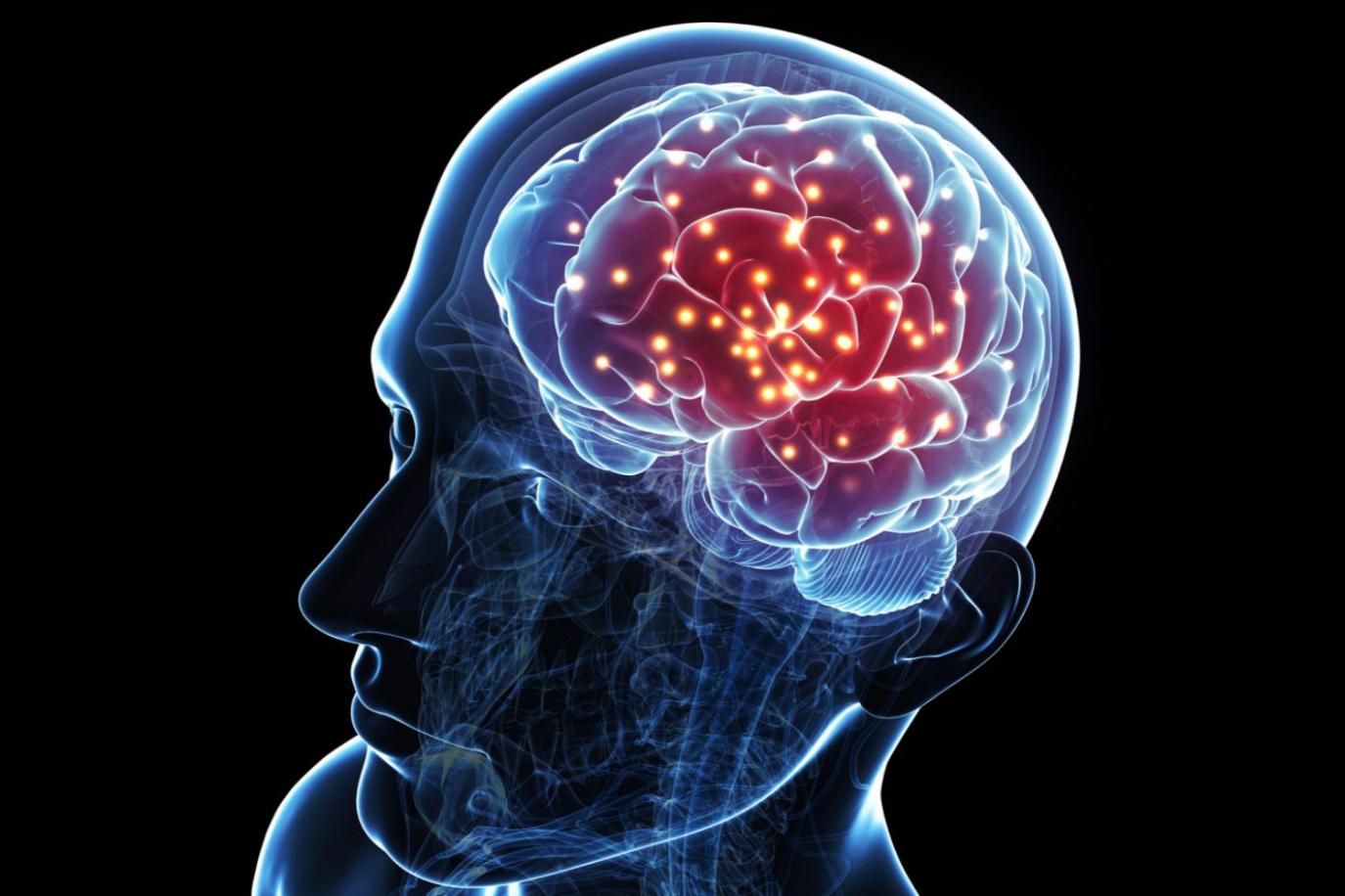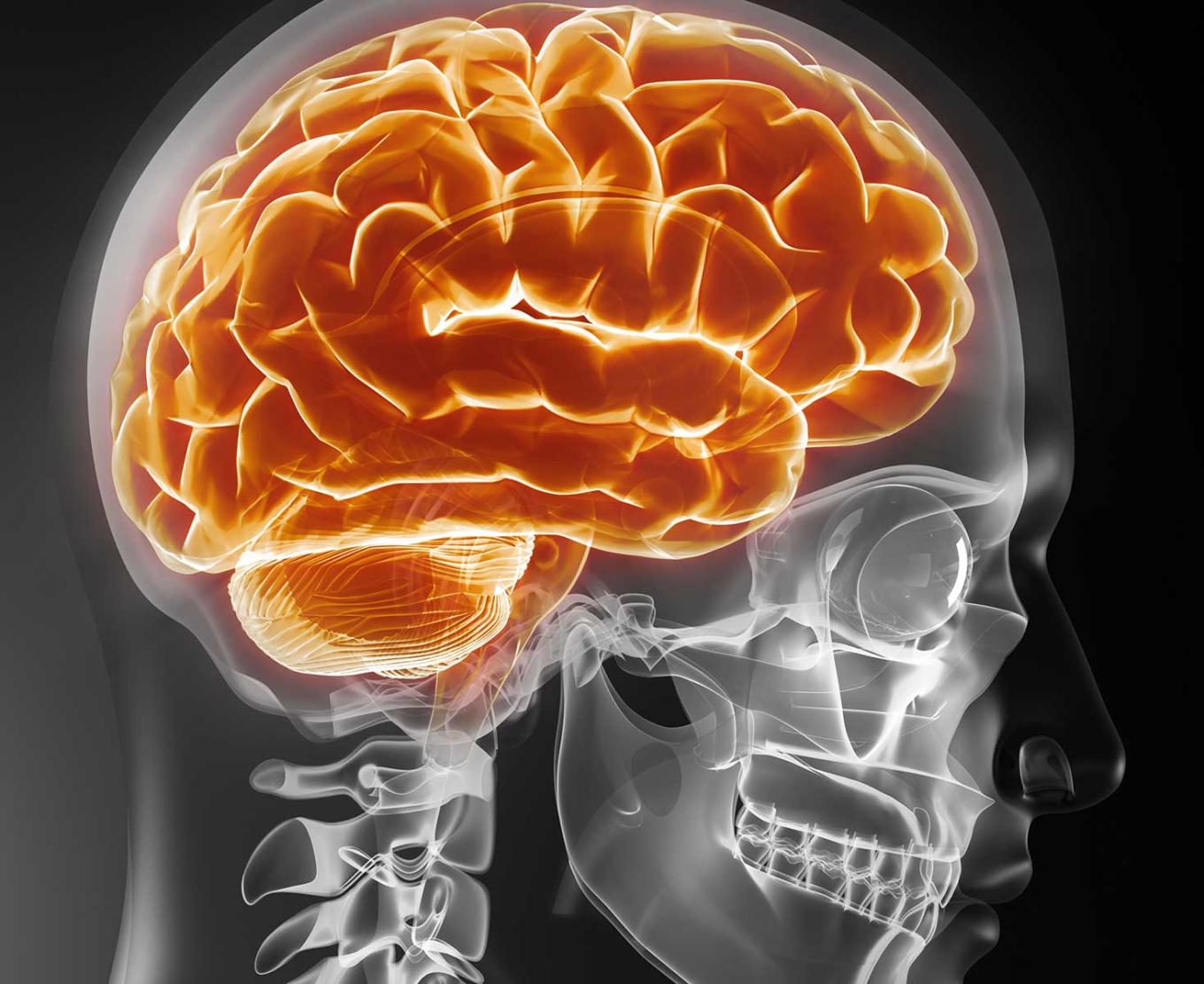How Can Brain Imaging Help Us Understand Consciousness?
Consciousness, the subjective experience of the world, is one of the most fascinating and enigmatic aspects of human existence. Understanding consciousness is a complex challenge, as it involves integrating insights from neuroscience, psychology, philosophy, and artificial intelligence. Brain imaging techniques offer a powerful tool for studying consciousness, allowing researchers to visualize and measure brain activity associated with conscious experiences.

Brain Imaging Techniques
Various brain imaging techniques provide different perspectives on brain activity and its relationship to consciousness.
- Functional Magnetic Resonance Imaging (fMRI): fMRI measures changes in blood flow to different brain regions, indicating areas of neural activity.
- Electroencephalography (EEG): EEG records electrical signals generated by the brain, providing information about brainwave patterns and neural oscillations.
- Magnetoencephalography (MEG): MEG measures magnetic fields produced by electrical currents in the brain, offering high temporal resolution for studying neural activity.
- Positron Emission Tomography (PET): PET involves injecting radioactive tracers into the bloodstream to visualize metabolic activity in different brain regions.
- Transcranial Magnetic Stimulation (TMS): TMS uses magnetic pulses to stimulate specific brain regions, allowing researchers to investigate the causal relationship between brain activity and conscious experiences.
Consciousness And Brain Activity
Brain imaging studies have identified neural correlates of consciousness (NCC), which are brain regions and patterns of activity associated with conscious experiences.
- Neural Correlates of Consciousness (NCC): NCC studies aim to identify brain regions and patterns of activity that are consistently associated with conscious experiences.
- Integrated Information Theory (IIT): IIT proposes that consciousness arises from the integration of information across different brain regions, and attempts to quantify the level of consciousness based on information integration.
Disorders Of Consciousness

Brain imaging has also been used to study disorders of consciousness, such as coma, persistent vegetative state, and locked-in syndrome, providing insights into the neural mechanisms underlying these conditions.
- Altered States of Consciousness: Brain imaging studies have explored altered states of consciousness, such as sleep, dreaming, meditation, and the effects of psychoactive substances, to understand the neural basis of these experiences.
- Disorders of Consciousness: Brain imaging has helped differentiate between different disorders of consciousness, such as coma, persistent vegetative state, and locked-in syndrome, and has provided insights into the neural correlates of these conditions.
Future Directions And Challenges
Advancements in brain imaging technology and interdisciplinary approaches hold promise for further understanding consciousness and its disorders.
- Advancing Brain Imaging Technology: Developing more precise and non-invasive brain imaging techniques, as well as combining multiple imaging modalities, can provide a more comprehensive understanding of brain activity and consciousness.
- Integrating Brain Imaging with Other Disciplines: Combining neuroscience with psychology, philosophy, and artificial intelligence can provide a more holistic approach to understanding consciousness and its relationship to the brain.
Brain imaging has made significant contributions to our understanding of consciousness, revealing neural correlates of conscious experiences, exploring altered states of consciousness, and providing insights into disorders of consciousness. Continued advancements in brain imaging technology and interdisciplinary approaches hold promise for further unraveling the mysteries of consciousness and its relationship to the brain.
YesNo

Leave a Reply